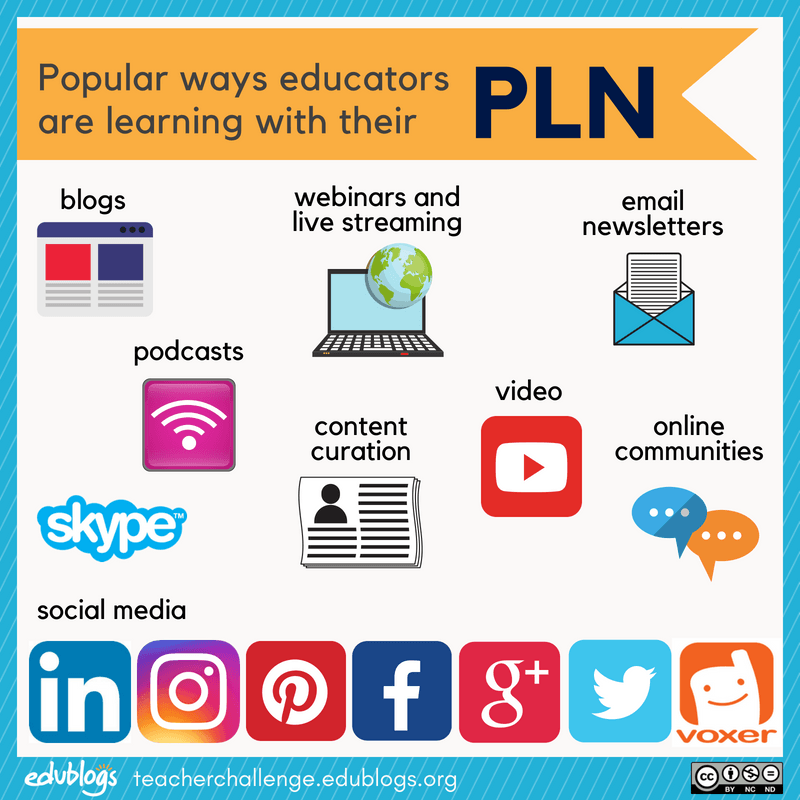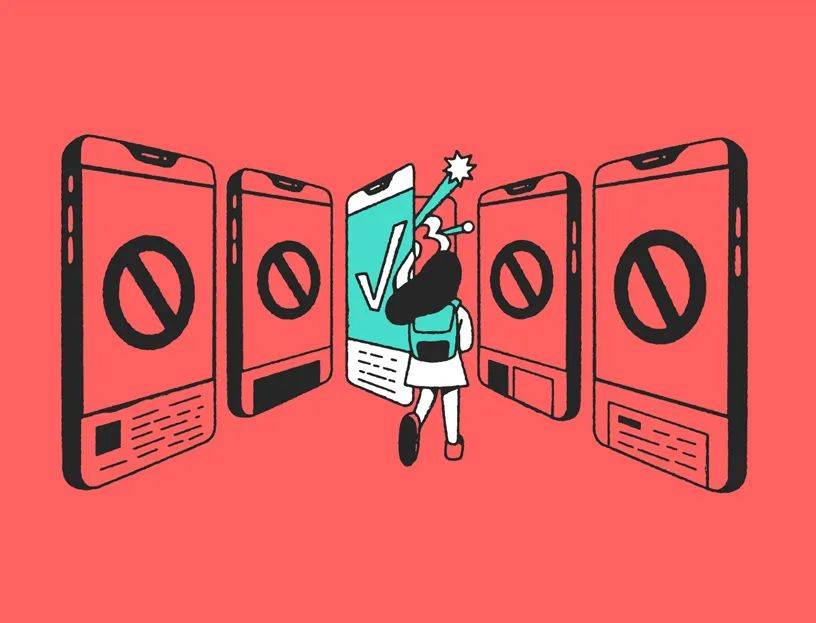Part 1: Introduction
Description
In today’s information society, network security can be seen as the practice of protecting computers, servers, mobile devices, electronic systems, networks, and data away from malicious attacks. According to our research, network security addresses several key components and processes necessary to maintain the security and integrity of information systems(Pfleeger, C. P., & Pfleeger, S. L. 2012).There are few steps in cyber security: Firstly, threat identification, which focusing on identifying potential sources of cyber threats(Stallings, W., & Brown, L. 2018). The second is vulnerability management, which emphasizes the identification and mitigation of vulnerabilities within the system to prevent exploitation by malicious actors. At the same time, incident response is a more critical step including the steps to respond to and recover from a network incident to ensure minimal impact and a quick return to normal operations(NIST. 2018). In addition, user’s education and training are fundamental and necessary to cybersecurity, as they ensure that all users are aware of best practices, and they can serve as the first line of defense against cyber threats. Therefore, there’s significant reason to believe that an effective cybersecurity program is multi-layered, and we combine these elements to create a strong defense against a variety of potential attacks.
Misconceptions
A common misconception many people have about cybersecurity is that its just about preventing hackers. In fact, cybersecurity encompasses a wide range of activities: including preventing malware, phishing attacks, social engineering, and ensuring data integrity privacy. Not only protecting against hackers is an important aspect, but also just a part of broader security measures aimed at protecting systems and data from various network threats.
Another common misconception is that most people thinks that cybersecurity is just an IT issue. However, effective cybersecurity requires a holistic approach and involves everyone in the organization and related from top management to every employee. Therefore, cyber security is not just the responsibility of the IT department; Instead, due to the reason that human error is often a weak link in security defenses, so everyone should understand cyber security and contribute to maintaining a secure environment.
Rationale
As cyber threats become increasingly prevalent, it is imperative that everyone has a basic understanding of cybersecurity, regardless of professional background. Understanding these potential threats and protection strategies is critical to reducing cybersecurity risks, and ensuring the security of the digital environment.
Moreover, understanding cybersecurity can not only help individuals protect their personal information, but also contribute a safer environment in their workplace. From individual’s side, understanding cybersecurity principles can help protect sensitive data from malicious attacks. Additionally, being proficient in cybersecurity can enhance one’s ability to reinforce security practices within their organization, protect assets and foster a culture of security awareness.
Part 2: Big Ideas and Learning Outcomes
Big Ideas
Understanding of Cyber Threats: Learners should grasp various cyber threats. Including malware, ransomware, phishing, and DDoS attacks; and learn their impacts on systems and data.
Protecting Against to Cyber Threats: Learners should explore basic cybersecurity measures and tools. Such as antivirus software, firewalls, and social engineering awareness.
Learning Outcomes
Define the Key Concepts: Learners will understand the main idea of cybersecurity and able to describe different types of cyber threats.
Implement Protective Measures: Learners will identify vulnerabilities and apply basic cybersecurity measures. Such as managing anti-virus programs and firewalls.
Individual Role in Cybersecurity: Learners should understand the importance of their actions in maintaining cybersecurity and should learn how to contribute to a secure environment.
Part 3: Activities and Assessment
Activities
Learners will engage in few tasks that designed to enhance their understanding of cybersecurity. (As shown in following)
- Participant in video lectures that covering the basics of cybersecurity knowledge.
- Participate in some real-world case study, and then start in a hands-on simulation using a virtual environment.
- Learner could join in an online discussion that they can communicate with other leaners and share their experiences with the course material.
Assessment Plan
We designed a group work project,
3-5 members in a group and choose one of the following formats for your project:
- White board animation (5-10 minutes)
- Research essay
- Poster presentation
Project Components should pick from the following topics:
- Cybersecurity’s Overview:
- Provide a brief history and definition of cybersecurity (may include the timeline of the development of cybersecurity).
- Types of Cyber Threats:
- Describe various cyber threats (e.g., malware, phishing, ransomware, DDoS attacks).
- You also need to use real-world examples and their impacts for this topic.
- Case study:
- Choose a notable cyber attack (e.g., Target data breach).
- Analyze the attack, its impact, and its preventative measures.
- Protective Measures:
- Briefly explain in and give examples of basic network security measures (for example, anti-virus software, configuring firewalls)
Submission Requirements:
Your project must INCLUDE at least 4 references, including at least one scholarly article and a mix of books, credible websites, and professional resources.
Assessment Criteria:
- Content Accuracy (40%)
- Creativity and Engagement (35%)
- Research Quality (15%)
- Reflection (10%)
Note:
This assignment aims to enhance learners’ collaborative skills and cybersecurity knowledge. Choose a format that can best present your group’s strengths and creativity.
Part 4: Resources
- scholarly articles (accessible through the UVic library)
- Textbook: Stallings, W., & Brown, L. (2018). Computer security: Principles and practice. Pearson.
- ‘grey literature’ (professional resources, blogs, videos, etc)
- Cyber Security Tools (2024 Guide) | BrainStation®
(https://brainstation.io/career-guides/what-tools-do-cybersecurity-analysts-use)
(https://danielmiessler.com/)
(https://grahamcluley.com/)
Note:
Here is 13 Best Cybersecurity Software that may could used
- SiteLock
- SolarWinds Security Event Manager
- Heimdal Security
- Wireshark
- Nagios
- Nessus Professional
- Acunetix
- Snort
- Teramind
- AxCrypt
- Bitdefender Total Security
- TotalAV Cyber Security
- Norton LifeLock
Part 5: Project Plan
Team Roles and Responsibilities
Bruce Mao: Oversees project management, coordinates team activities, and ensures that all members perform their roles efficiently.
Rui Ning: Leads the research efforts, providing expertise on the primary topic, and ensures the accuracy and depth of information.
Long Le: Generates innovative ideas, refines strategies, and collaborates on iterating the project plan.
Conclusion
In conclusion, in today’s information world, understanding cybersecurity is a critical issue. By exploring the nature and scope of cyber threats, implementing basic protection measures, learners can effectively protect personal and organizational personal data.
This course aims to provide learners with practical knowledge and skills in cybersecurity through course lectures, case studies, hands-on simulations and collaborative projects. By engaging in real-world cases and utilizing a variety of resources, learners will be better equipped to respond to cyber threats, thereby contributing to the digital environment.
Reference:
Pfleeger, C. P., & Pfleeger, S. L. (2012). Analyzing computer security: A
threat/vulnerability/countermeasure approach (1st ed.). Prentice Hall.
Stallings, W., & Brown, L. (2018). Computer security: Principles and practice. Pearson.
Evaluation of Cybersecurity Management Controls and Metrics of Critical Infrastructures: A Literature Review Considering the NIST Cybersecurity Framework.(2018). In Secure IT Systems (Vol. 11252). Springer International Publishing AG.



Recent Comments